Virtual Reality (VR) technology has come a long way in recent years, and businesses have been quick to recognize its potential as a marketing tool. By creating immersive experiences, companies can engage with their customers in new and exciting ways. In this blog post, we will explore 7 examples of successful Virtual Reality Marketing in 2023.
Table of Contents
Adidas: VR running experience

Adidas’ VR Running Experience is a virtual reality campaign that aims to provide users with an immersive running experience. The campaign was designed to promote Adidas’ range of running shoes by showcasing the performance and features of their products in a new and exciting way.
The experience is delivered through a Virtual reality headset, which allows users to see a 360-degree view of their surroundings, as well as a simulated running experience. Users can choose from different terrains, including a forest, city, or desert, and run through them at their own pace. The VR experience is designed to simulate the feel of running on different surfaces, such as gravel, pavement, or dirt.
As users run through the virtual environment, they can see their progress on a dashboard, which tracks their distance, pace, and other metrics. The dashboard also provides information about the features of Adidas’ running shoes, such as their cushioning, stability, and flexibility. The campaign was designed to appeal to runners of all levels, from beginners to professional athletes.
Adidas’ VR Running Experience was a massive success, with users reporting a significant increase in their desire to purchase Adidas running shoes. The campaign was widely praised for its innovative use of VR technology, and it was recognized with several marketing awards. The campaign demonstrated the potential of VR technology to create engaging and immersive experiences that can help companies to connect with their customers in new and exciting ways.
IKEA: VR home design
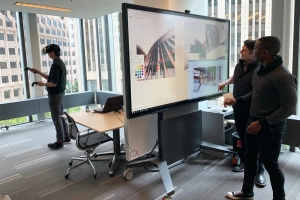
IKEA’s VR Home Design campaign is a virtual reality experience that allows users to design and furnish their homes using IKEA products. The campaign was designed to provide customers with a new and engaging way to plan their home décor and to showcase the range of IKEA’s furniture products.
The experience is delivered through a Virtual Reality headset, which allows users to see a 360-degree view of a virtual room. Users can choose from different room types, such as a living room, bedroom, or kitchen, and they can customize the room layout, colour scheme, and furniture placement. Users can also browse through IKEA’s product catalogue and select different furniture pieces to add to their virtual room.
As users design their virtual room, they can see how it looks in real-time, and they can adjust the design as they see fit. The VR experience is designed to be intuitive and easy to use, with simple controls that allow users to move around the room and interact with objects.
IKEA’s VR Home Design campaign was a massive success, with users reporting a significant increase in their desire to purchase IKEA products. The campaign was widely praised for its innovative use of Virtual Reality technology, and it was recognized with several marketing awards. The campaign demonstrated the potential of VR technology to create engaging and interactive experiences that can help customers make informed purchasing decisions.
Coca-Cola: VR Christmas Experience
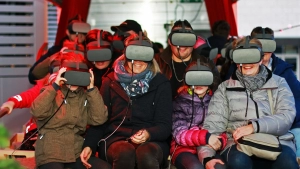
Coca-Cola’s VR Christmas Experience is a virtual reality campaign that aims to bring the magic of Christmas to life for consumers. The campaign was designed to promote Coca-Cola’s brand during the festive season and to create an emotional connection with consumers by providing an immersive and interactive experience.
The experience is delivered through a Virtual Reality headset, which allows users to see a 360-degree view of a virtual winter wonderland. The experience begins with a magical train ride through a snowy landscape, passing by sparkling trees and festive lights. As users progress through the experience, they can interact with different objects, such as building snowmen, throwing snowballs, and decorating a Christmas tree.
One of the highlights of the experience is meeting Santa Claus, who greets users in his workshop and gives them a personalized gift. The VR experience is designed to create an emotional connection with users, providing a sense of nostalgia and wonders that is associated with the Christmas season.
Coca-Cola’s VR Christmas Experience was a huge success, with users reporting a significant increase in their emotional connection to the Coca-Cola brand. The campaign was widely praised for its innovative use of Virtual Reality technology, and it was recognized with several marketing awards. The campaign demonstrated the potential of VR technology to create engaging and emotional experiences that can help companies connect with their customers on a deeper level.
Red Bull: VR Extreme Sports
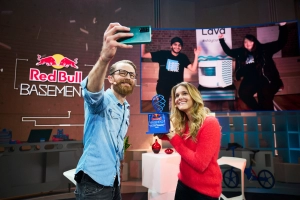
Red Bull’s VR Extreme Sports campaign is a virtual reality experience that allows users to experience the thrill of extreme sports in a safe and controlled environment. The campaign was designed to promote Red Bull’s brand and to create an emotional connection with consumers by providing an immersive and exciting experience.
The experience is delivered through a VR headset, which allows users to see a 360-degree view of extreme sports activities such as snowboarding, skateboarding, and BMX. Users can choose from different sports and environments, such as a snow park or a skate park, and they can interact with different elements of the environment, such as jumps, rails, and ramps.
As users progress through the experience, they can learn new skills and techniques, and they can compete against other users to see who can achieve the highest scores. The VR experience is designed to create an emotional connection with users, providing a sense of thrill and adrenaline that is associated with extreme sports.
Red Bull’s VR Extreme Sports campaign was a huge success, with users reporting a significant increase in their emotional connection to the Red Bull brand. The campaign was widely praised for its innovative use of VR technology, and it was recognized with several marketing awards. The campaign demonstrated the potential of VR technology to create engaging and exciting experiences that can help companies to connect with their customers on a deeper level.
McDonald’s: VR Kitchen Experience

McDonald’s VR Kitchen Experience is a virtual reality campaign that provides an immersive and interactive view of the fast-food chain’s kitchen operations. The campaign was designed to provide consumers with a behind-the-scenes look at how McDonald’s food is prepared and to highlight the chain’s commitment to food quality and safety.
The experience is delivered through a VR headset, which allows users to see a 360-degree view of the kitchen environment. Users can interact with different elements of the kitchen, such as equipment, ingredients, and food preparation processes. They can also learn about McDonald’s food quality and safety practices and see how the company sources and selects its ingredients.
As users progress through the experience, they can also learn about different career opportunities at McDonald’s and how the company supports employee development and training. The VR experience is designed to provide a transparent and informative view of the McDonald’s brand and to create a sense of trust and credibility with consumers.
McDonald’s VR Kitchen Experience was well received by consumers, with many reporting a significant increase in their trust and appreciation for the McDonald’s brand. The campaign was widely praised for its innovative use of VR technology, and it was recognized with several marketing awards. The campaign demonstrated the potential of VR technology to create informative and transparent experiences that can help companies connect with their customers in new and meaningful ways.
Airbnb: VR Travel Experience
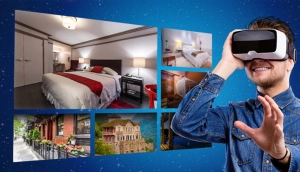
Airbnb’s VR Travel Experience is a virtual reality campaign that provides an immersive and interactive view of different travel destinations. The campaign was designed to showcase Airbnb’s diverse selection of accommodations and to inspire consumers to book travel experiences through the platform.
The experience is delivered through a VR headset, which allows users to see a 360-degree view of different travel destinations, such as beaches, mountains, and cities. Users can interact with different elements of the environment, such as landmarks, attractions, and accommodations. They can also learn about local cultures, customs, and cuisines, and hear stories from Airbnb hosts and travelers.
As users progress through the experience, they can customize their travel itineraries, save travel inspirations, and even book Airbnb accommodations. The VR experience is designed to create a sense of wanderlust and adventure with users, providing a virtual escape to different parts of the world.
Airbnb’s VR Travel Experience was well received by consumers, with many reporting a significant increase in their desire to travel and their appreciation for the Airbnb brand. The campaign was widely praised for its innovative use of VR technology and its ability to inspire and connect users with different travel experiences. The campaign demonstrated the potential of VR technology to create immersive and personalized experiences that can help companies to connect with their customers on a deeper level.
Ford: VR Test Drive

Ford’s VR Test Drive is a virtual reality campaign that provides an immersive and interactive view of their latest car models. The campaign was designed to showcase Ford’s technological innovation and to create an emotional connection with consumers by providing an exciting and engaging experience.
The experience is delivered through a VR headset, which allows users to see a 360-degree view of the car’s interior and exterior. Users can interact with different elements of the car, such as the dashboard, steering wheel, and pedals. They can also choose different driving environments, such as city streets, highways, and race tracks.
As users progress through the experience, they can learn about the car’s features and technology, such as navigation systems, safety features, and entertainment systems. They can also customize the car’s features and settings to suit their preferences. The VR experience is designed to provide a realistic and immersive view of the car and to create a sense of excitement and anticipation in users.
Ford’s VR Test Drive was well received by consumers, with many reporting a significant increase in their desire to test drive the actual car and their appreciation for Ford’s brand. The campaign was widely praised for its innovative use of VR technology and its ability to provide a realistic and engaging test drive experience. The campaign demonstrated the potential of VR technology to create experiential and personalized experiences that can help companies connect with their customers on a deeper level.
Virtual reality has become a popular trend in digital marketing as it offers brands the opportunity to create immersive experiences that engage customers in new and exciting ways. Successful virtual reality marketing campaigns related to digital marketing utilize this technology to differentiate brands, increase sales, and attract new customers. By creating interactive and personalized experiences, virtual reality marketing campaigns allow brands to connect with their target audience on a deeper level. As digital marketing continues to evolve, virtual reality will continue to play an increasingly important role in helping brands stand out in a crowded digital marketplace. to get know more detail about virtual reality (VR) & Augmented Reality (AR) sign into our digital marketing course were we provide advanced digital marketing course with 4 month class and 2 months internships and get to know more detailly.
For more queries related digital marketing course: https://digiskillzz.com/
Conclusion
virtual reality marketing has become an increasingly popular trend in recent years, and it’s easy to see why. The ability to create immersive and interactive experiences allows brands to connect with their target audience in new and exciting ways. The successful VR marketing campaigns of 2023, such as Nike’s VR running experience, Mercedes-Benz’s virtual showroom, and Coca-Cola’s VR football game, demonstrate the power of this technology to engage and excite consumers. As more and more brands adopt VR technology, we can expect to see even more innovative and creative campaigns that push the boundaries of what’s possible in marketing. Virtual reality has the potential to revolutionize the way we market products and services, and we’re excited to see where it takes us in the future.



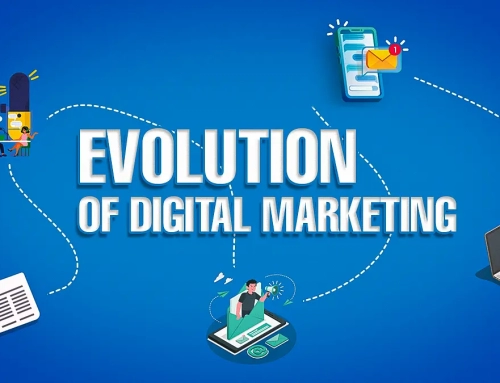

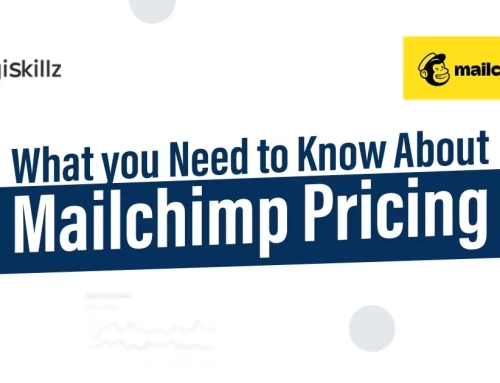

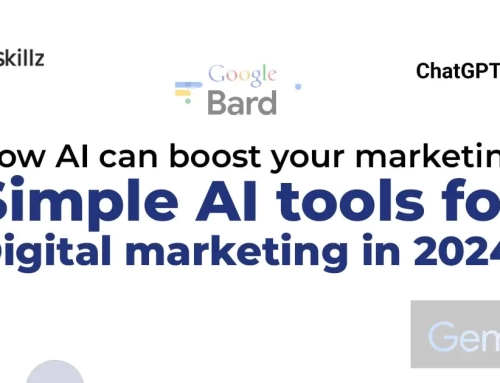
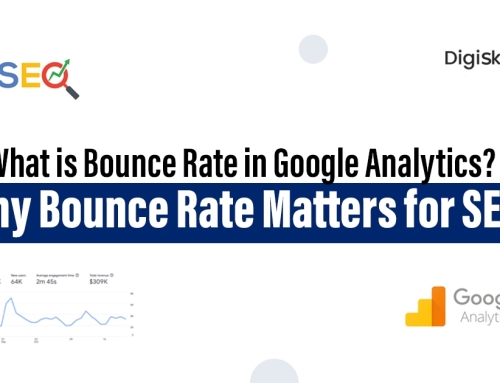
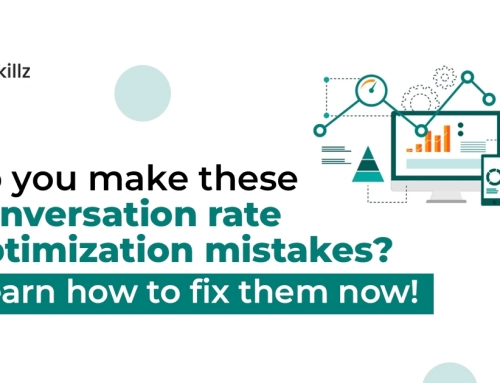

Leave A Comment